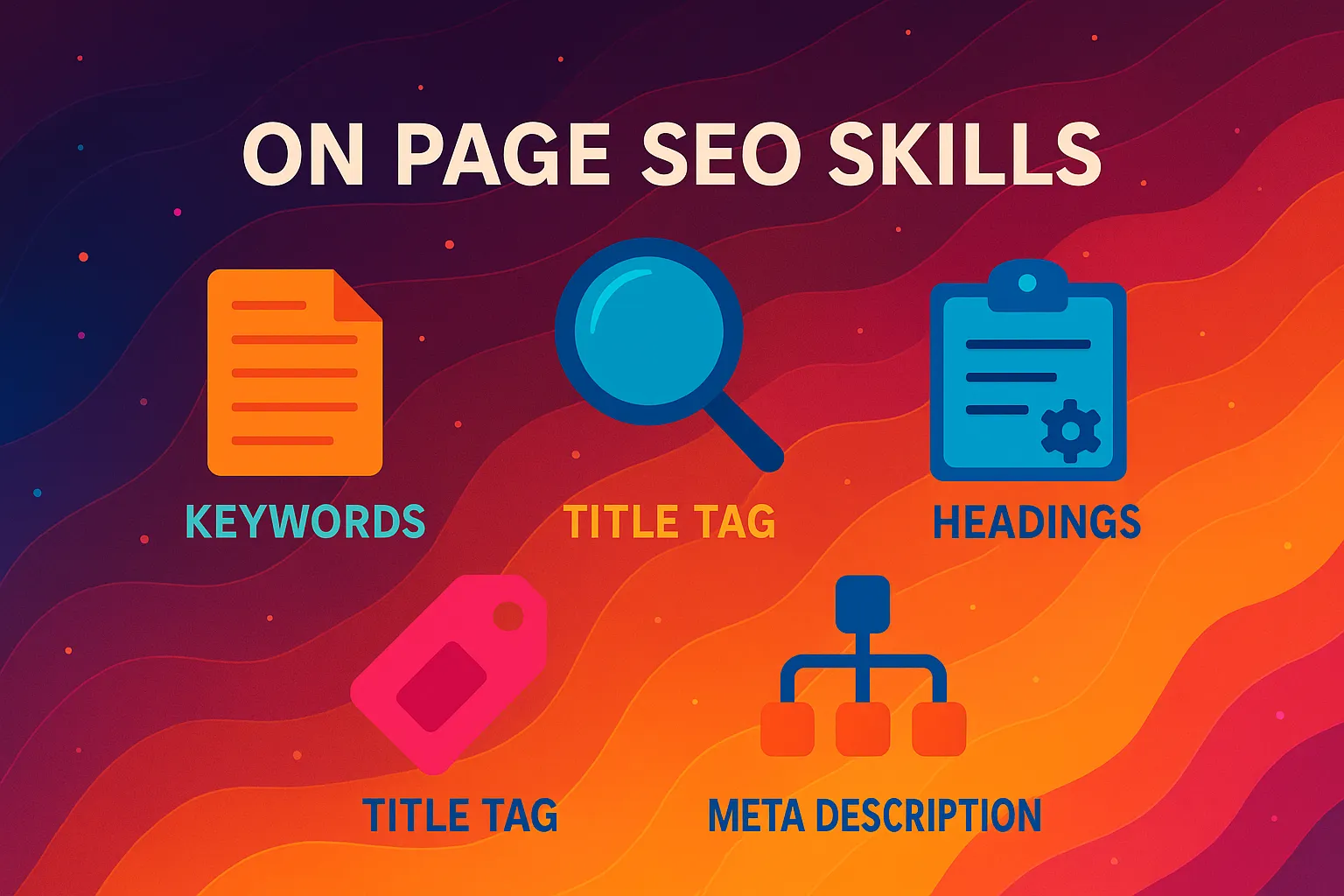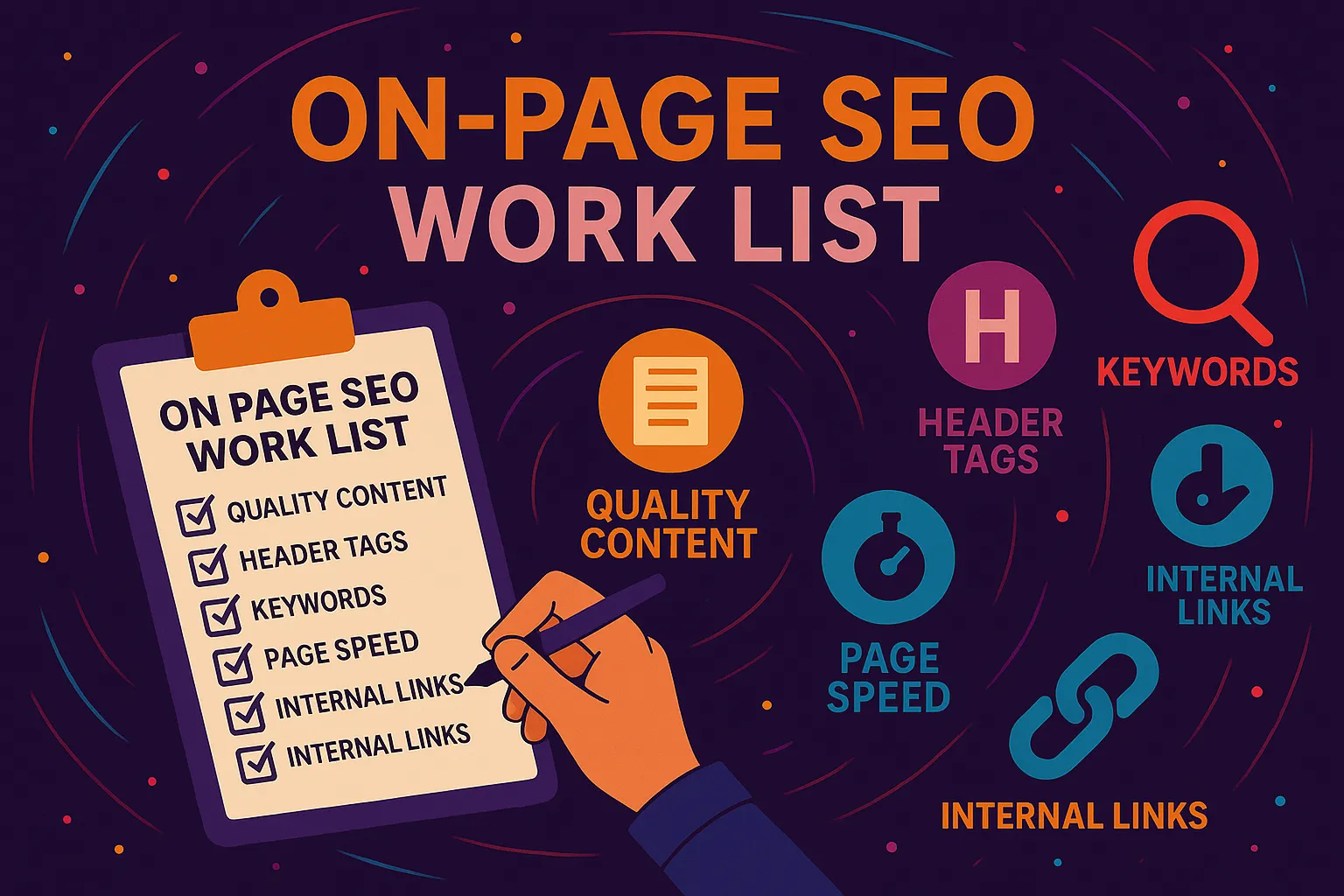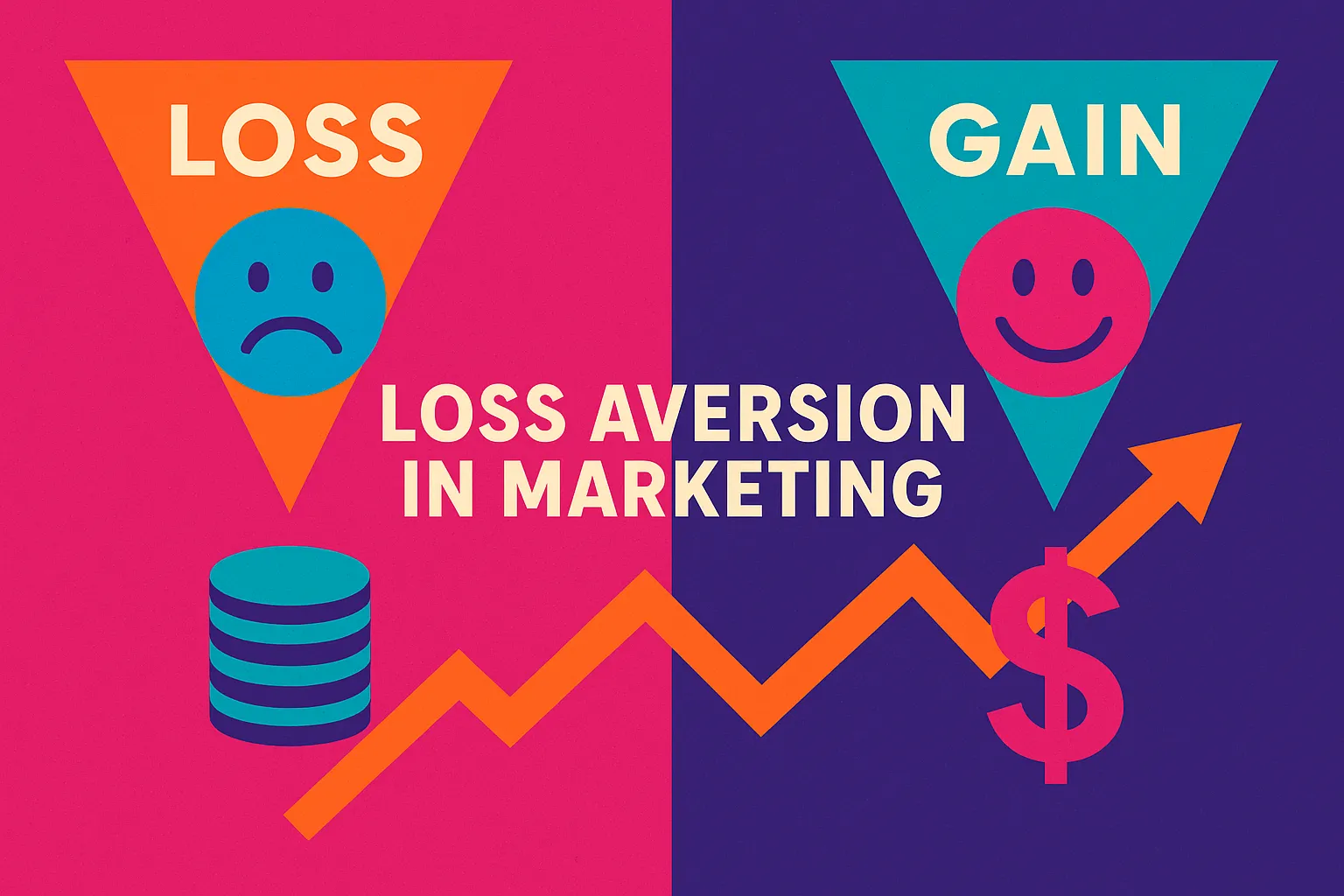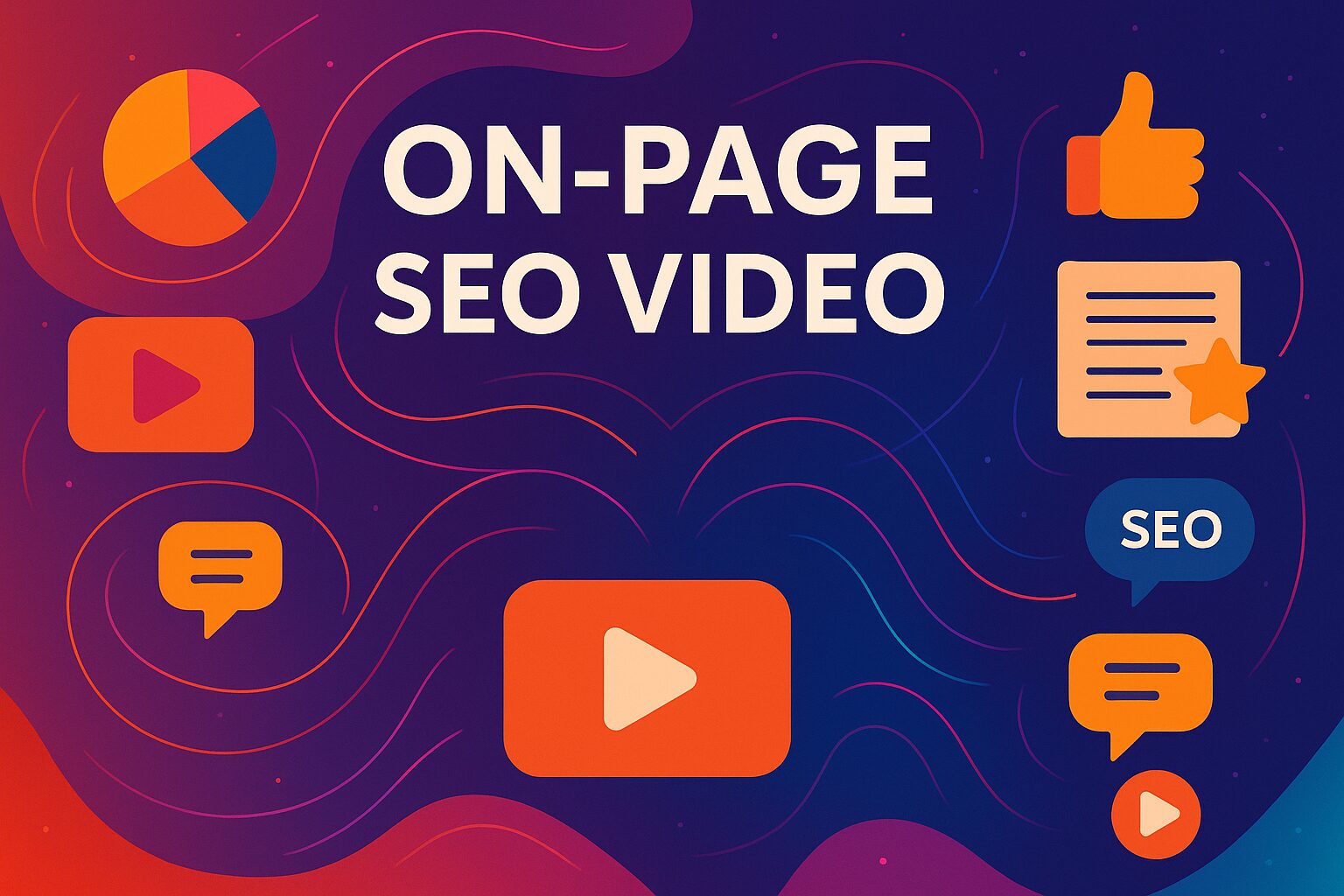What Are On Page SEO Skills?
Let’s start with the basics. On page SEO skills are the set of tools and techniques you use directly on a webpage to help it rank better in Google.
This means things like placing your keywords in the right places, writing helpful content, optimizing images, and creating clean code. If SEO is a car, on page skills are the engine.
They help Google understand what your page is about and decide if it deserves to be shown to searchers. At Vibe Branding, we’ve been helping clients with this for over a decade, and I’ll tell you this—even the most creative campaigns fail without solid on-page foundations.
These skills are what get people to your page in the first place. Without them, all the social media, ads, and fancy visuals in the world won’t save you from low traffic.
TL;DR – What You’ll Learn in This Post
- What “on page SEO skills” really are and why they matter in 2025
- The difference between on-page and off-page SEO
- Which specific skills make the biggest difference in Google rankings
- How to write, structure, and format content for better SEO
- The tools I use personally to improve on-page performance
- The common mistakes that hurt rankings (and how to fix them)
- How to know if your current SEO efforts are working
Why On Page SEO Skills Matter in 2025 (And Always Will)
Google is always updating its algorithm, but one thing has stayed consistent: quality on-page SEO matters. Back in the day, you could just stuff a few keywords into a blog post and expect results.
Now, it’s about proving your page is helpful, user-friendly, and answers a real question. On page SEO skills allow you to do just that.
At Vibe, our team has learned this the hard way. We’ve cleaned up sites that were overloaded with flashy animations but missing basic things like meta tags and keyword placement.
And guess what? Once we fixed the on-page stuff, traffic went up—sometimes by 300% or more.
These small changes can have a massive impact on visibility, especially when you’re trying to reach competitive markets like New York or California. The best part?
You have control over it. While off-page SEO requires waiting for backlinks or PR hits, on-page is in your hands.
That’s powerful.

On Page vs Off Page SEO: Know the Difference
This is a question we get all the time from clients: “What’s the difference between on page and off page SEO?” Here’s the easiest way to think about it.
On page SEO is everything you can change directly on your website. Off page SEO is what happens elsewhere on the internet that influences how trustworthy or popular your site looks.
So if you update a blog post with better keywords, that’s on page SEO. If another blog links to your post because it’s helpful, that’s off page SEO.
At Vibe Branding, we always recommend starting with on page SEO skills because it lays the foundation. You wouldn’t paint the walls of a house with a crumbling foundation, right?
Some of our clients only saw real results after we overhauled their on-page strategy. Think: faster load times, stronger headers, better image tags.
Once those basics were fixed, we layered in backlinks and saw search rankings climb.
The Most Important On Page SEO Skills to Master Now
There are many SEO techniques out there, but these are the must-haves in your on page toolkit for 2025. First, you need to master keyword research.
It’s not just about finding keywords, but understanding what people actually mean when they search. If someone types “best hiking shoes,” they want product comparisons—not a Wikipedia article.
Knowing the difference is what separates average pages from top-ranking ones. Next is content creation.
Write for humans, but format for search engines. Use headers, break up long sections, and be sure your keyword appears naturally in the first 100 words.
We train all our writers to write like teachers: clear, helpful, and friendly. Google rewards that.
Then there’s meta optimization. This includes your page title and meta description.
They show up in search results and can make or break your click-through rate. Keep them short, include the keyword, and make them sound inviting.
Also important: image optimization. Use compressed images with descriptive file names and alt text.
If you’re writing about running shoes and your image is labeled “IMG_8374.jpg,” that’s a missed opportunity. Try “trail-running-shoes-men.jpg” instead.
Finally, you need a solid internal linking structure. Link to other pages on your site using keywords in the anchor text.
It helps users explore more content and tells Google what your site is about.
Structuring Content That Ranks (And Engages Humans Too)
Now let’s talk about how your page looks and reads. Google loves clear organization. So do people.
Here at Vibe, we use a content structure that looks like this: main header (H1), subheaders (H2s), supporting points (H3s), and then body paragraphs with short sentences and bullets.
Make sure every section answers a question or solves a problem. For example, if your keyword is “on page SEO skills,” don’t just say what they are—show how to use them.
Include tips, examples, and screenshots when possible. One of our best-performing blogs on meta descriptions had screenshots of real examples.
Readers stayed longer and converted more. Also, break up long blocks of text.
Use bullets, numbered lists, and bold key phrases. Your readers are skimming.
Help them find the good stuff fast. Our average bounce rate dropped 18% when we reformatted older posts with better structure.
A quick pro tip: always include your main keyword in at least two H2 subheadings. Google uses those to understand what your page is about.
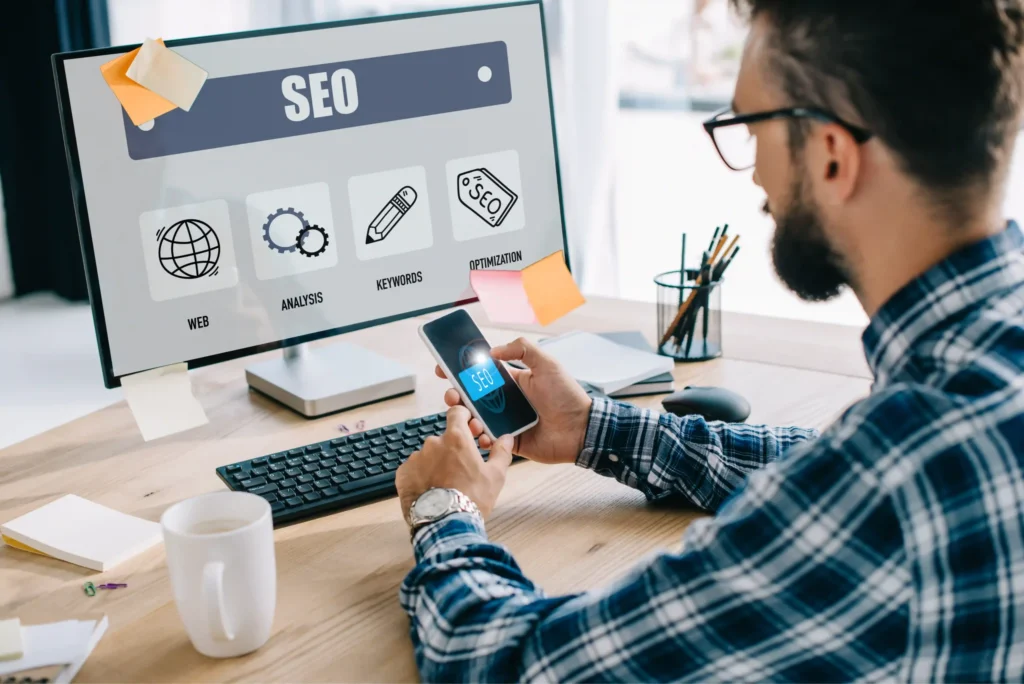
The Tools That Help Me Master On Page SEO
We’ve tested just about every SEO tool out there, and these are the ones we keep coming back to. Yoast SEO and Rank Math (for WordPress): These are lifesavers.
They give you instant feedback while you’re writing. If you forget to add your keyword to a title or skip alt text on an image, it lets you know.
We’ve trained interns using these tools in less than an hour. Google Search Console: This is non-negotiable.
It tells you how Google views your pages, shows you what keywords you rank for, and helps you fix crawl errors. We review it monthly for every Vibe client.
Ahrefs and Semrush: These are more advanced, but totally worth the cost. They help you see what competitors are doing, find content gaps, and build better keyword lists.
TinyPNG: It compresses images without ruining quality. Load speed is a ranking factor, and this tool keeps our pages fast.
LOCALiQ Website Grader: A quick scan gives you an SEO score, plus tips to fix on-page issues. Great for quick audits.
When used together, these tools create a system. They save time, catch mistakes, and keep your content sharp.
I wouldn’t launch a single landing page without running these checks first.
Avoid These On Page SEO Mistakes (We See Them Constantly)
After 10+ years in digital marketing, I’ve seen the same mistakes again and again. Let’s fix those.
First, keyword stuffing. Google is smart.
If you repeat your keyword 30 times on a 600-word page, you won’t rank—you’ll get penalized. Instead, use synonyms and related terms. For example, if your keyword is “on page SEO skills,” use phrases like “page optimization techniques” or “SEO formatting best practices.”
Second, duplicated or missing meta tags. Every page needs a unique title and meta description.
We once audited a site with 400 pages and found 80 using the same description. That’s 80 missed chances to rank.
Third, fluff content. Adding words just to hit a word count won’t help.
Write with purpose. If you can say it in 10 words, don’t use 30.
Google rewards value, not volume. Fourth, no internal links.
If you write a blog on SEO tools, but don’t link to your “SEO services” page, that’s a lost opportunity. Link related topics together.
And finally, unoptimized images. A 3MB image will slow your site to a crawl.
Always compress, rename, and add alt text. Avoiding these errors is half the battle.
You don’t need perfection, but you do need awareness.
The Power of Keyword Placement & Density
Now let’s talk about where your keywords actually go. This is one of the most misunderstood areas of SEO.
At Vibe Branding, we often see clients putting the right keywords in all the wrong places. Proper keyword placement is a big part of developing strong on page SEO skills.
Start with the basics. Your keyword should be in your page title, meta description, URL, first paragraph, and at least one H2 heading.
That’s the sweet spot. You don’t need it in every sentence.
You just need to help Google understand what the page is about without sounding robotic. You should also consider semantic keywords—phrases closely related to your main keyword.
For example, if you’re targeting “on page SEO skills,” you might also use “SEO content formatting” or “meta tag optimization.” This builds topical depth and improves your chances of ranking for multiple queries.
And finally, check your keyword density. While there’s no perfect percentage, I aim for around 1% to 1.5%.
More than that can feel spammy. Less than that and Google might miss your topic entirely.
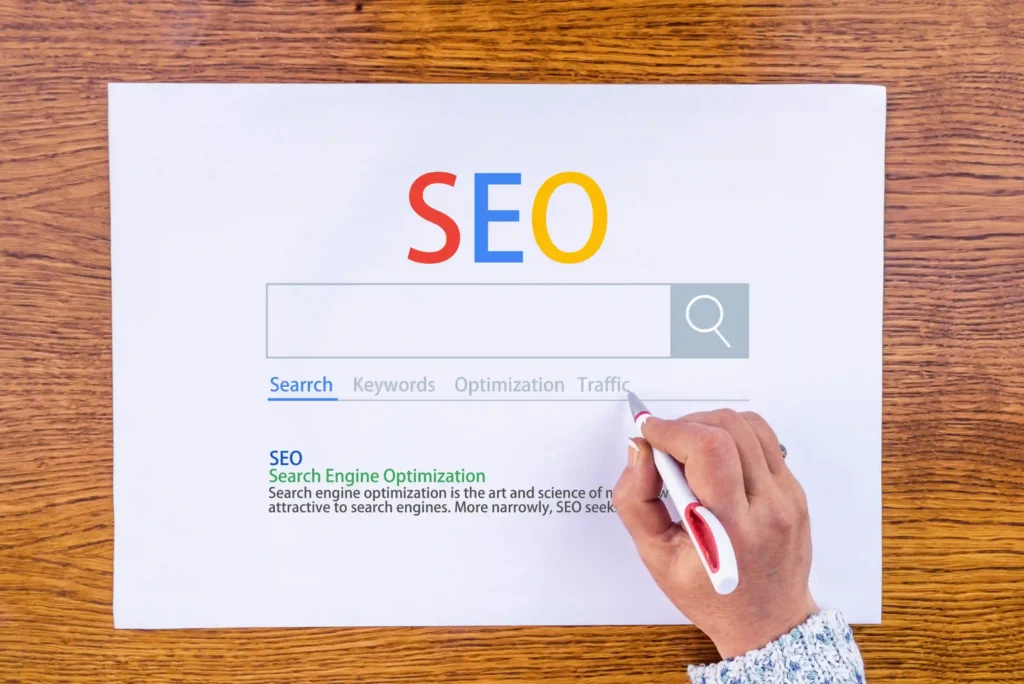
Technical SEO That Supports On Page Success
Great content won’t help if your site loads slowly or breaks on mobile. Technical SEO is often the invisible edge that separates top-ranking pages from the rest.
It’s not glamorous, but it’s necessary. At Vibe Branding, we never skip this part of the process.
Start with page speed. A slow site drives users away. Google measures bounce rate, and poor speed affects rankings.
Use tools like Google PageSpeed Insights to check your site, and make improvements like image compression, lazy loading, and server upgrades. Next is mobile responsiveness.
More than half of all web traffic comes from mobile devices. If your site doesn’t resize and respond cleanly, users will leave.
We always design mobile-first for this reason. Then there’s URL structure.
Keep it clean, short, and include your keyword. A URL like /on-page-seo-skills is clear and helpful.
Avoid long strings of numbers or auto-generated slugs. Also, ensure your site is indexable and crawlable.
That means using a sitemap, robots.txt file, and proper HTML hierarchy. Googlebot needs a clear path through your site.
Lastly, review Core Web Vitals—metrics like LCP (loading time), FID (interactivity), and CLS (visual stability). Meeting Google’s standards here can boost your rankings across the board.
How to Assess and Improve Your On Page SEO Skills
You’ve learned a lot—but how do you know if you’re doing it right? At Vibe, we use a mix of audits, performance tracking, and competitive analysis to gauge success.
Start by running a complete on page SEO audit using tools like Screaming Frog, Ahrefs, or even a simple plugin like Sitebulb. Look for missing tags, slow pages, duplicate content, and broken links.
Next, use Google Search Console to see which keywords you’re ranking for. If your target keyword isn’t showing up—or the impressions are low—it’s time to revise the page.
Look at user metrics too. Are people bouncing fast?
Are they reading the full post? Use heatmaps (like Hotjar) to see how they interact with the content.
Compare your page to top-ranking competitors. What topics are they covering that you’re not?
Are their images more engaging? Are their headlines more actionable?
And finally, keep improving. SEO isn’t set-it-and-forget-it. Revisit your posts every few months.
Update stats, add links, refresh the intro, and continue building your authority.
Final Thoughts: Build These Skills Into Your Workflow
On page SEO skills aren’t just another task to check off. They’re the foundation for everything we do at Vibe Branding—and they’ve been at the heart of our success for over a decade.
From local startups to national brands, the results speak for themselves. If you want to boost your organic traffic, climb the rankings, and truly connect with your audience, these are the skills to master.
They’re practical. They’re powerful.
And best of all, they’re fully within your control.
Now that you’ve got the knowledge, it’s time to take action. Go back to your top pages, review them with this guide in hand, and start optimizing.
And if you ever want a second set of eyes—or a strategy built around your goals—reach out to us at Vibe Branding. We live and breathe this stuff.
You’re not just learning SEO. You’re building authority, trust, and long-term growth.
Let’s make your site the one everyone finds—and remembers.

